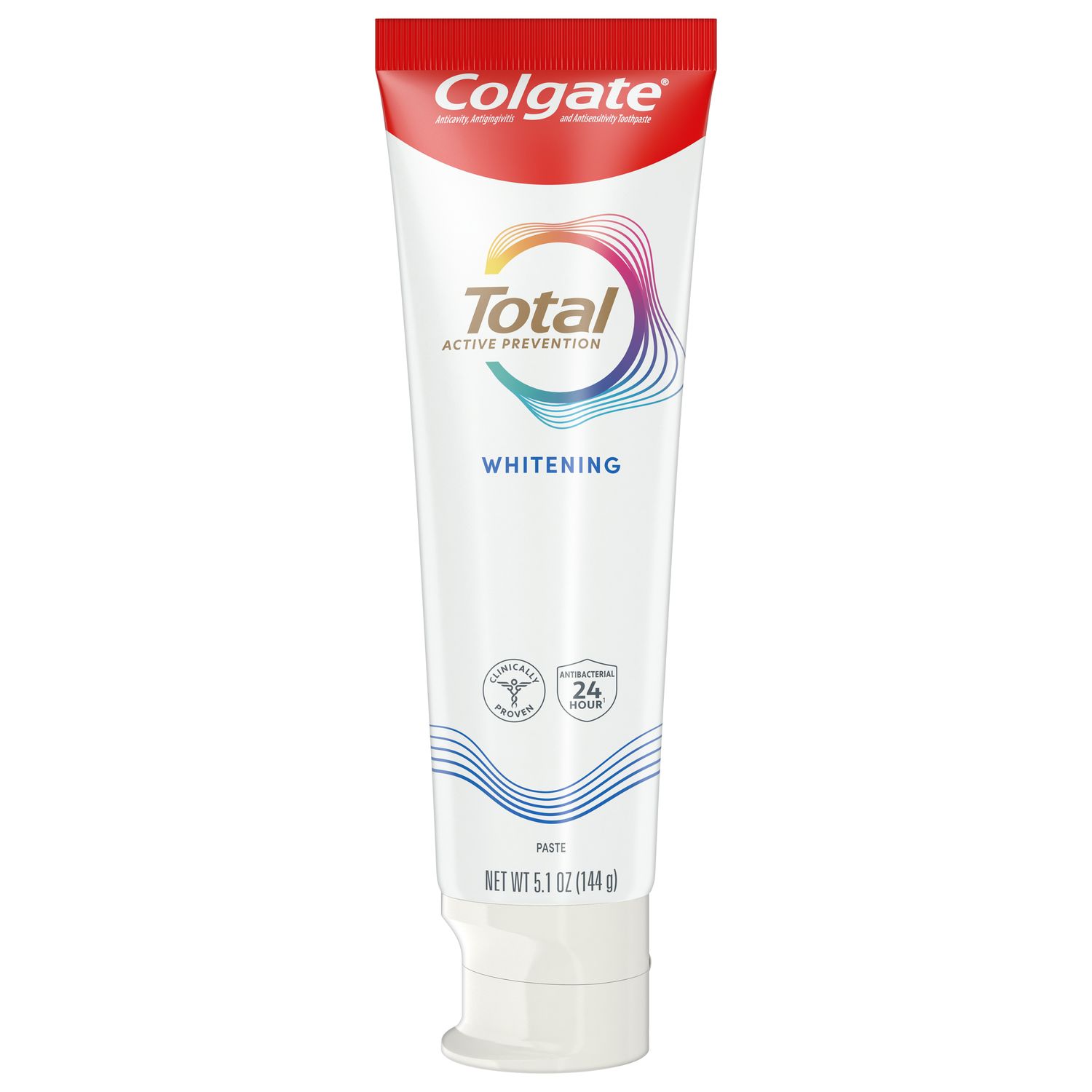A movable set of muscles with many nerves, the tongue is covered in dense connective tissue and a mucous membrane (which is the surface of the tongue) and is anchored to the floor of the mouth. Some muscles and ligaments connect the tongue to the upper part of the throat, the voice box, the lower jaw, and in some cases, the base of the skull. Check out more on the tongue anatomy here.
You might be asking yourself, what is the function of the tongue? What does the tongue do? While the tongue plays several roles, the main job is to help us eat, as it enables us to suck, turn food into a swallowable form, and begin the process of swallowing. Beyond eating, it's vital for sucking and breastfeeding, chewing, grinding, salivating, tasting, touching, speaking, and defending the body against germs. I bet you didn't know your tongue was so useful!
Tongue and Speech
Did you know that the tongue can produce more than 90 words per minute using more than 30 different movements? That's because it functions to help us speak. Speech is the product of air leaving the lungs via the mouth—and only when the tongue, lips, and teeth work together do sounds from the throat turn into words, we can understand.
Tongue and Taste
Our taste buds contain taste receptors that are responsible for our ability to taste food. There are differing sources, but generally, taste buds regenerate, on average, every 8-12 days; however, some last much longer. There are also three types of taste buds:
- Fungiform taste buds papillae: these mushroom-shaped buds are found in the center of the tongue
- Circumvallate taste buds papillae: these are located in the back of the tongue and have an inverted V-shape. They're also much larger and complex.
- Foliate taste buds papillae: These are on the lateral sides of the tongue.
There are five distinct cell types within these taste buds, and these five cell types can identify five sensations: sweet, sour, salty, bitter, and savory. Rather than localized in specific sections, these taste buds are scattered along the tongue's surface and are perceived equally well everywhere.
Tongue and Mastication
At first glance, "mastication" might look unfamiliar—but it's just a term for combining ground up food particles with naturally occurring saliva. Mastication happens simultaneously with grinding, which is when teeth convert large food particles into small ones. So what's the role of the tongue? It positions the food between the teeth for chewing before mixing it with saliva.
Tongue and Swallowing
The tongue is the first step in swallowing. After masticating food particles, the tongue helps round the food you've just chewed into masses known as a bolus. Once the bolus forms, the tongue pushes them toward the esophagus found in the back of the mouth before finding its way to the stomach for digestion.
How to Care for your Tongue
Now that you know the tongue's many functions, you probably can understand why it's essential to keep it healthy. Luckily, tongue upkeep is as simple as maintaining good oral health: brushing twice a day and flossing daily. When it comes to tongue scrapers, some say that using a tongue scraper could lead to fresher breath—however, according to the American Dental Association, there is no evidence to support that. But if you like the feeling, you can add a tongue scraper into your oral hygiene regimen. If you're concerned about fresh breath, talk to your dentist at your next cleaning.
Your tongue is involved in quite a few mouth maneuvers, from eating to talking to swallowing. Now you know a little more about this vital part of your mouth—perhaps even some facts you can keep at the tip of your tongue!
Oral Care Center articles are reviewed by an oral health medical professional. This information is for educational purposes only. This content is not intended to be a substitute for professional medical advice, diagnosis or treatment. Always seek the advice of your dentist, physician or other qualified healthcare provider.
ORAL HEALTH QUIZ
What's behind your smile?
Take our Oral Health assessment to get the most from your oral care routine
ORAL HEALTH QUIZ
What's behind your smile?
Take our Oral Health assessment to get the most from your oral care routine















